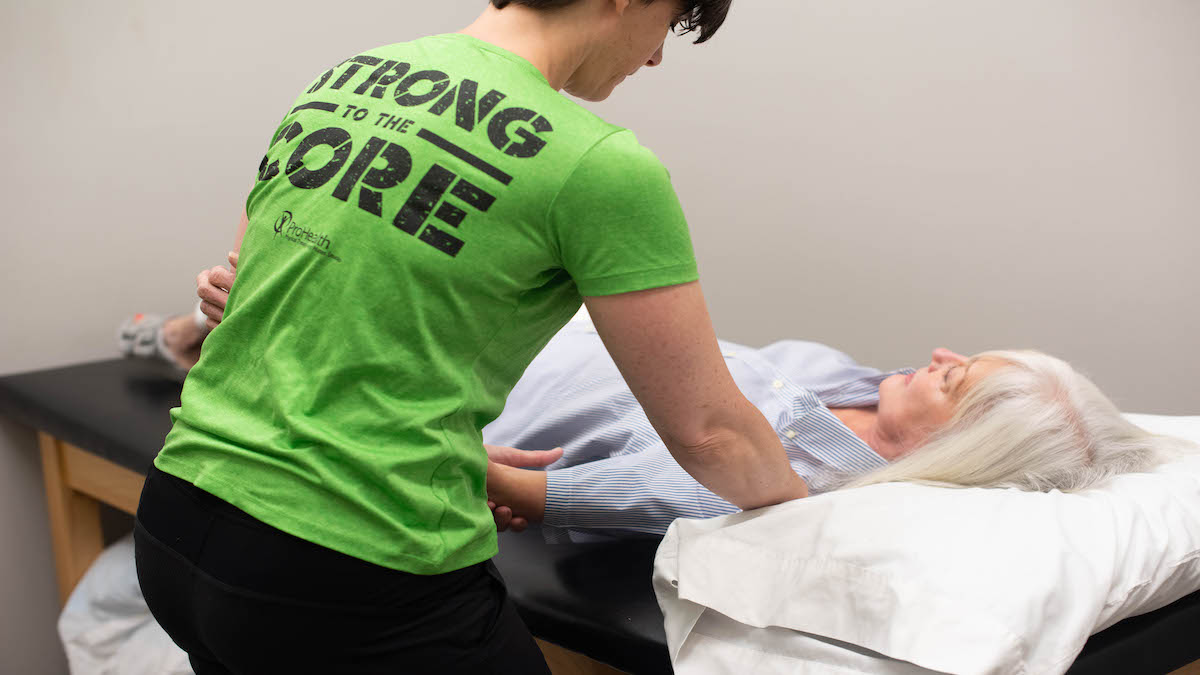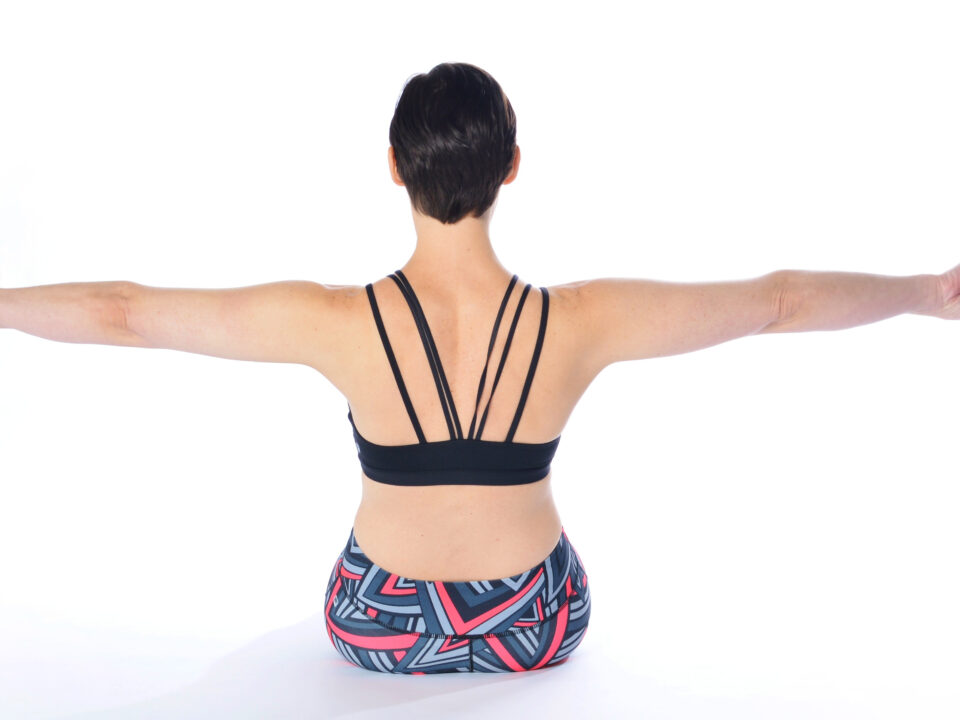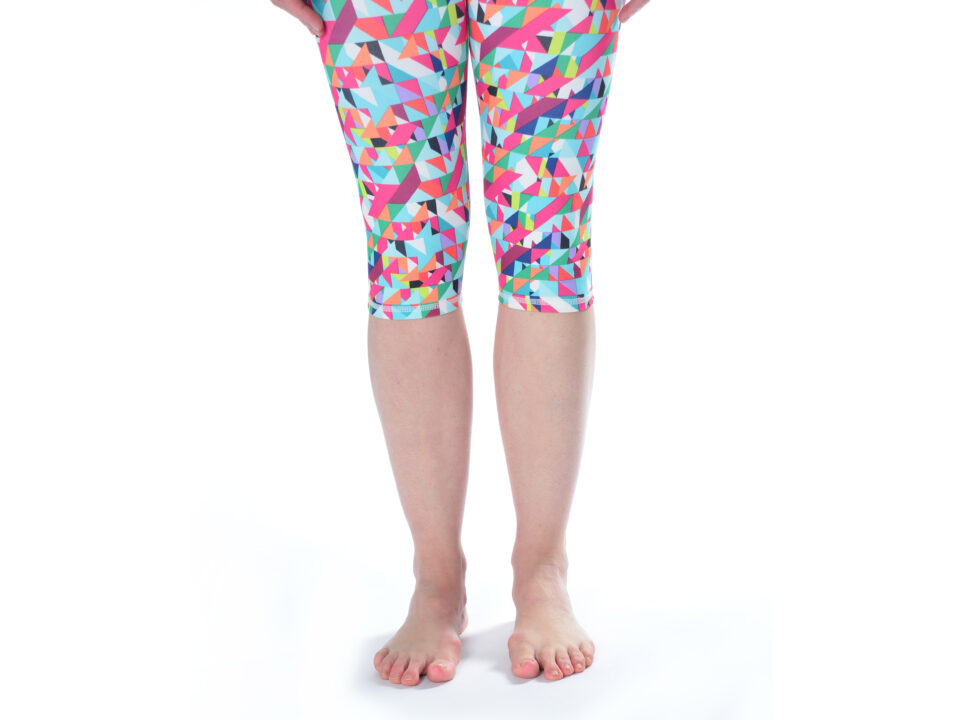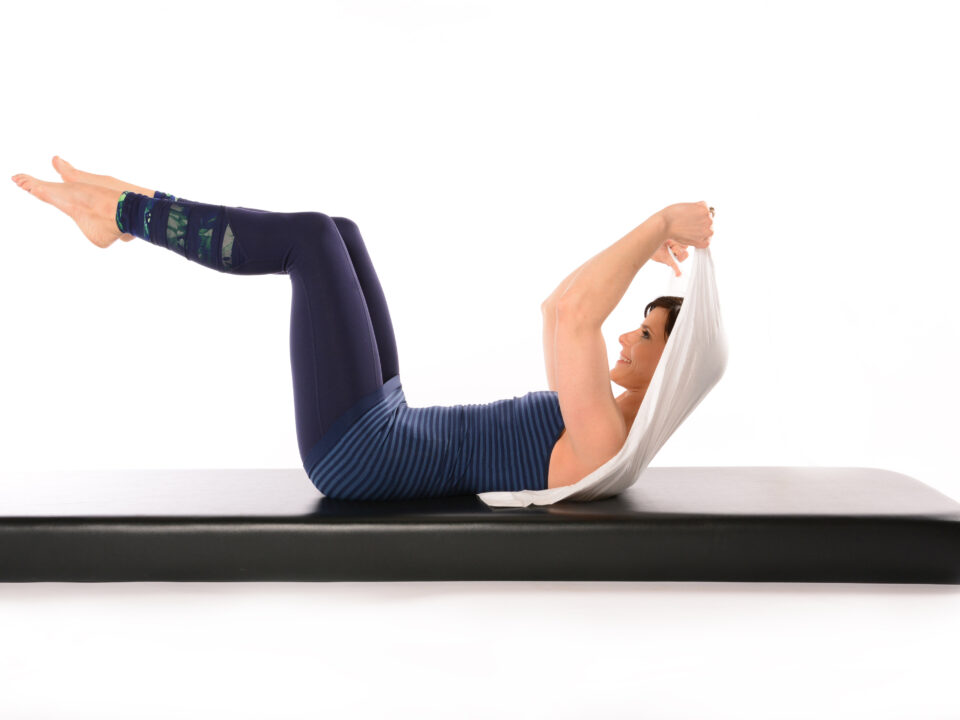- Mon - Fri
7.30 AM – 5.30 PM
Other hours upon request - 770-487-1931
Exploring the Impact of Manual Therapy: Enhancing Movement and Restoring Function

Introduction:
Physical therapy encompasses a range of treatments aimed at improving physical well-being, and among these approaches is the practice of manual therapy. In this article, we will delve into the concept of manual therapy, differentiate it from other physical therapy techniques, and highlight its efficacy in addressing specific conditions.
Understanding Manual Therapy:
We spoke with Dr. Karyn Staples, PT, PhD, of ProHealth Physical Therapy in Peachtree City, to get her take on how manual therapy works. According to Dr. Staples, manual therapy is a specialized treatment modality employed by physical therapists that involves hands-on techniques. It focuses on enhancing joint mobility, reducing muscle tension and spasm, and improving overall movement. Through the skilled use of their hands, therapists facilitate, restrict, or alter certain factors to promote improved motion, decreased restrictions, and enhanced circulation. Manual therapy is a dynamic, hands-on approach that fosters positive change.
Distinguishing Manual Therapy:
When discussing physical therapy, manual therapy stands apart as a distinct treatment option. While all physical therapists receive training in manual therapy during their education, its effectiveness is honed through experience. Manual therapy encompasses various techniques such as joint mobilizations and specific muscle work, although it should not be confused with traditional full-body massages performed by licensed massage therapists. Physical therapists employ targeted approaches tailored to the individual needs of their patients.
The Significance of Hands-On Therapy:
Manual therapy provides a unique opportunity for patients to experience the therapeutic benefits of physical touch. In an era of healthcare where personal contact may be limited, manual therapy allows therapists to directly assess and address specific areas of concern. By utilizing their hands, therapists can identify abnormal tissue and joint motion, guiding them in providing precise interventions. Clear communication and mutual trust between the therapist and patient are integral to achieving positive outcomes.
Training and Expertise:
While physical therapists receive foundational training in manual therapy during their education, the true effectiveness of this technique grows with hands-on experience. Through working with diverse patients, therapists become proficient in distinguishing between normal and abnormal tissue responses. Additionally, ProHealth’s physical therapists prioritize ongoing professional development to remain up-to-date with the latest advancements in manual therapy.
Combining Manual Therapy with Exercise:
For optimal results, manual therapy is often complemented by exercise therapy. This dual approach ensures comprehensive care within a single treatment session. Manual therapy addresses immediate issues such as joint restrictions and muscle tension, while exercise therapy focuses on strengthening and improving movement patterns. By integrating these two components, patients experience long-term benefits and are empowered to actively participate in their rehabilitation journey.
Case Example: Frozen Shoulder (Adhesive Capsulitis):
One condition that benefits significantly from manual therapy is frozen shoulder, also known as adhesive capsulitis. This condition involves tightness and restriction of the structures surrounding the shoulder joint, resulting in stiffness and limited mobility. Physical therapists utilize manual therapy techniques to release joint constriction, relax muscles, and gradually restore range of motion. Patients often experience notable improvements, such as being able to wash their hair without discomfort or look over their shoulder while driving without restrictions.
The Value of Individualized Care:
At ProHealth, patients receive personalized attention during manual therapy sessions. ProHealth PTs only book one patient at a time. This tailored approach allows therapists to closely monitor progress, customize techniques to specific needs, and ensure a comfortable and effective treatment experience.
Conclusion:
Manual therapy is a powerful component of physical therapy that enables individuals to regain function, improve mobility, and alleviate pain. With its emphasis on hands-on techniques, skilled assessment, and personalized care, manual therapy plays a transformative role in the lives of patients. By combining manual therapy with exercise therapy, ProHealth offers a comprehensive and tailored approach to rehabilitation, maximizing the potential for successful outcomes.
ProHealth Physical Therapy and Pilates Studios offers manual therapy as well as exercise therapy for its clients in the Peachtree City area. If you’re local to ProHealth, call soon for an appointment as they often fill each week. ProHealth Physical Therapy and Pilates Studio is located at 1777 Georgian Park in Peachtree City. For more information, phone 770-487-1931 or visit prohealthga.com.




